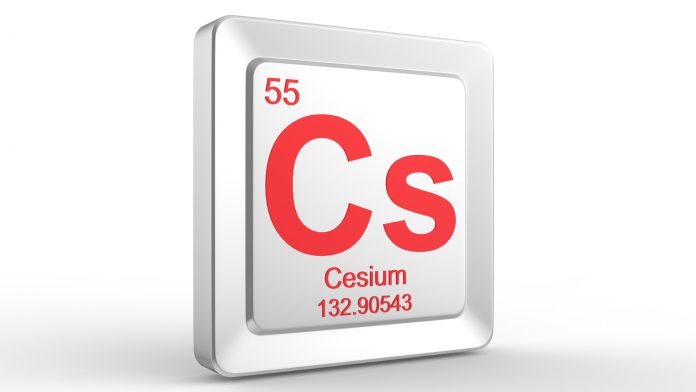Caesium: A rare element with huge potential in new technologies

Contributor Details
Avalon Advanced Materials Inc.
Phone: +1 416 364 4938
Email: office@AvalonAM.com
Website: https://www.avalonadvancedmaterials.com/20963
Go to this partner's profile page to learn more about them
Recommended Articles
Related eBooks
Analysing challenges in meeting the supply and demand for rare earth elements
Continuing our coverage of the importance of the supply and demand for rare earth elements, metals and magnets, we are proud to present this unique...
Launch eBookRead More







